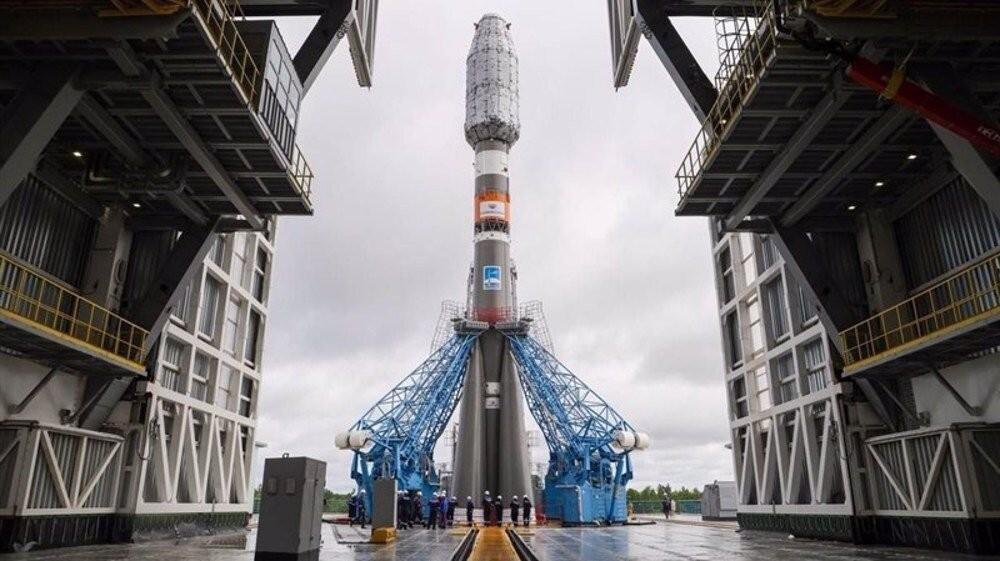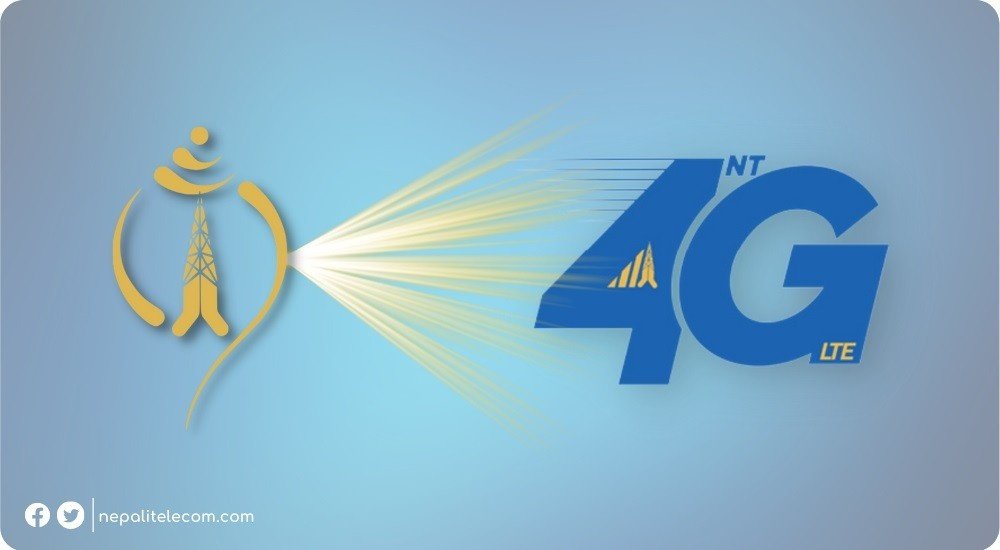Tehran – The head of the Iranian Space Agency (ISA), Hassan Salarieh, announced that Iran’s Zafar and Paya Earth-observation satellites will be launched into orbit aboard Russia’s Soyuz rocket in the fall of 2025, after delays caused by foreign partners.
Originally slated for a 2024 launch, the mission was pushed back when the foreign launch provider was not ready. Salarieh confirmed that the final launch date will depend on the Russian provider’s schedule, as the satellites will share the rocket with other international payloads. He added that Iran is also keeping the option of a domestic launch under consideration, depending on technical assessments and the announced timeline.
Infrastructure Expansion: Chabahar Space Center
Salarieh also provided updates on Iran’s new Chabahar Space Center, currently in its first phase of development. The facility will handle solid-fuel launch vehicles and includes administrative offices, telemetry and command centers, hangars, a launch pad, and critical infrastructure such as power supply and roads. Construction, which began in 2023, is expected to finish in 2025, with the base becoming operational the same year.
Groundbreaking for the second phase, focused on medium-class liquid-fuel launch vehicles, is planned for later this year. Salarieh emphasized that the timeline for the first test launch at Chabahar will depend on the readiness of both the rockets and satellites.
Other Launch Plans: Nahid-2
Alongside Zafar and Paya, Iran plans to launch another Nahid-2 communications satellite this year aboard its domestically built Simorgh rocket.
On July 25, Iran successfully launched a research and telecommunications version of Nahid-2 into a 500 km orbit on a Soyuz-2 rocket from Russia’s Vostochny Cosmodrome. The mission underscored growing Russo-Iranian collaboration in space, with Soyuz carrying Nahid-2 alongside other international payloads.
Satellite Capabilities
- Zafar & Paya: Will provide both color and black-and-white imaging services for Earth observation.
- Nahid-2: A telecommunications microsatellite for missions in low Earth orbit (160–2,000 km).
With these missions, Iran continues advancing its dual-track approach: strengthening international partnerships with Russia while developing domestic launch capacity to secure greater autonomy in its space program.















